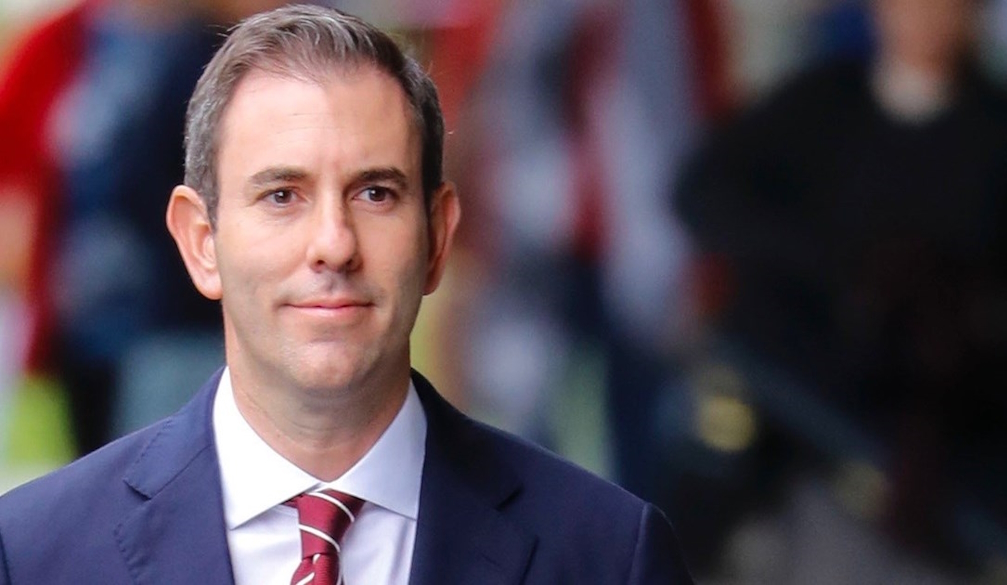Why the Reserve Bank of Australia has held rates — and what it means for 2026
- Written by The Times

As the clock struck 2:30 pm AEDT on Tuesday — the moment of truth — the monetary-policy board at the Reserve Bank of Australia (RBA) announced that it would once again hold the official cash rate at 3.60 per cent.
This decision arrives at the RBA’s final board meeting of 2025, capping a year in which many expected further rate cuts. Instead, an era of “waiting, watching and caution” appears to have begun.
🔎 What drove the hold
Inflation remains stubborn, despite past cuts
Earlier in the year, the RBA delivered three separate rate cuts — in February, May and August — in response to signs that inflation was cooling and economic conditions were easing.
But more recent data has complicated the picture. According to the RBA’s own statement, “inflation has recently picked up,” with trimmed-mean inflation rising more than anticipated.
In its December decision, the board noted that some of this uptick may stem from temporary or volatile factors — but also acknowledged there is uncertainty over what aspects of the inflation rise are persistent.
Economic demand and labour market remain firm
Consumers are spending, and the broader economy is showing resilience. Growth appears to be running close to “potential,” and unemployment remains relatively low, meaning labour market capacity is tighter than what might make a cut prudent.
That strength suggests that inflationary pressures could persist — especially if demand keeps growing while supply or labour constraints deepen.
A cautious, data-dependent approach
The RBA has signalled it does not want to leap — or retreat — based on a limited set of data points. With inflation and economic momentum pushing in opposite directions, the board appears to be opting for a “wait and see” approach rather than risking a cut (which could reignite inflation) or a hike (which could choke off growth).
As one leading economist put it, the RBA’s decision “balances stronger-than-expected inflation and a low-unemployment, buoyant economy” — an equilibrium that warrants stability for now.
🧭 What this means for households, borrowers and the broader economy
-
Mortgage holders get a reprieve — but only a modest one. There's no immediate repricing relief for many variable-rate mortgages. For homeowners hoping for cuts before 2026, expectations will have to be revised: many economists and big banks now forecast a “long hold” through at least the first half of 2026.
-
Inflation expectations are being recalibrated. For many Australians, the relief from past rate cuts — via cheaper borrowing or smaller mortgage repayments — may be offset by persistently higher prices for goods, services, rents and other essentials.
-
Borrowing and spending decisions may be postponed. Individuals and businesses may adopt a more cautious stance — delaying big purchases or investments — until there's further clarity on inflation and rate direction.
-
The property market, labour market and broader economy must walk a tightrope. The RBA must balance keeping inflation under control without hobbling growth or triggering a sharp economic slowdown.
📅 What to watch next — and when
-
The RBA has indicated its next meeting won’t be until February 2026 — meaning the 3.60 per cent rate is locked in for at least the first two months of next year.
-
Key economic indicators — especially inflation measures, wage growth, unemployment and consumer spending — will be scrutinised closely, as they will shape the RBA’s future decisions.
-
Markets have already begun pricing in a possible rate hike later in 2026 — though such a move would require persistent inflation above target and continued economic strength.
💬 Final word — a pivot to vigilance
The decision to hold the rate at 3.60 per cent is not a sign of complacency, but rather of caution. The RBA seems to be signaling: we are not ready to commit — either to cuts or hikes — until the data shows a clear and sustained trend. For now, inflation pressures, a tight labour market and resilient economic activity leave little room for a cut. But neither is the bank yet convinced a rate rise is necessary. Instead, for Australia’s economy and households, 2026 likely begins with a pause — and a watchful wait.

















